"It's not the camera, it's the photographer"
There's a subset of photographers who are far more interested in the technical capabilities and specifications of a camera than in the images it can produce. They spend hours and hours shooting pictures of incredibly uninteresting things, their objective being to prove (to themselves or others) that X camera can produce more detail than Y camera when printed at the size of the Great Wall of China. The fact that what they photographed is incredibly uninteresting seems not to bother them.
The opposite of these people is the group who insist that the camera is basically not that important and that, barring the extreme ends of excellence and - how to put it delicately - crapness - most cameras are good enough to take pictures of most things. The first group accuses the second group of being sloppy, and the second group accuses the first group of being boring and being unable to take a photo for the sheer fun of it without worrying that someone somewhere can out-resolve your camera and make you look bad on the Internetz.
While I tend to side with the second group (mainly because I find the first group to be somewhat comical and sad), I was curious to what extent the second group is correct. So I went out with a fairly old digital camera and shot some things that I had previously shot with more expensive cameras. And in order to do that I have to start behaving like a member of the first group. Agh. Oh well, I hope that I've chosen moderately interesting pictures to compare, at least.
The camera I used this time round is a Leica Digilux 2, which dates from 2004...and in digital camera terms, that's prehistoric. It's actually a Leica / Panasonic collaboration; as far as my limited knowledge goes, the camera's "guts" are Panasonic's work and the lens is Leica's (in fact, the same camera exists in a Panasonic variation as well). It's a very fine lens too, going from 28 to 90mm (which covers most requirements unless you're a long way from what you're shooting) and it stays very close to a constant minimum aperture of F2 across the whole range. It has a very limited ISO range of 100-400 (yes, you read that right), and at 400 it can be very noisy even after you've put it through post processing software. The files at 100 are very nice, however.
The most interesting thing about the Digilux 2 is that it has all of 5 megapixels. Most current mobile phones have twice that many and Nikon's latest DSLR has 7 times that many. Megapixels are often used as a selling point, but many shooters claim that unless you're printing extremely large prints, the number of megapixels a camera has is of significantly less importance than marketers would have you believe.
Anyway. less hypothesis and more pics.
First pair:
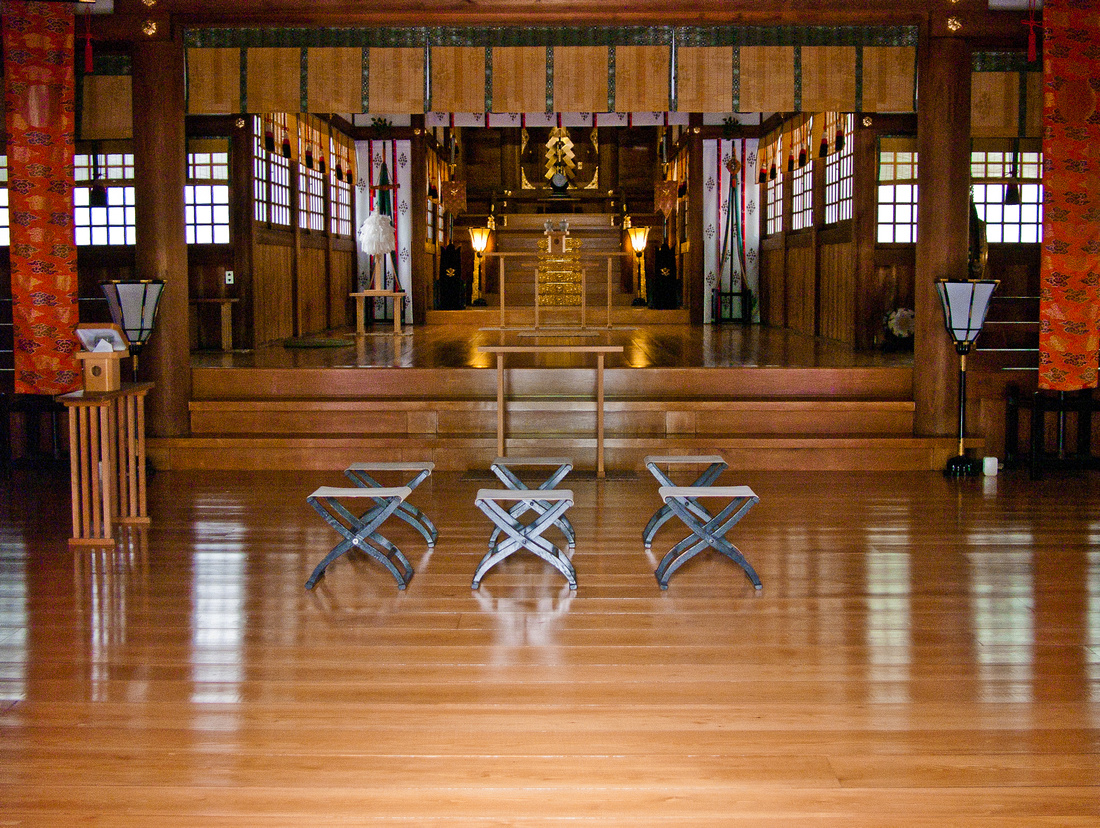

The shot above was taken with the Digilux 2
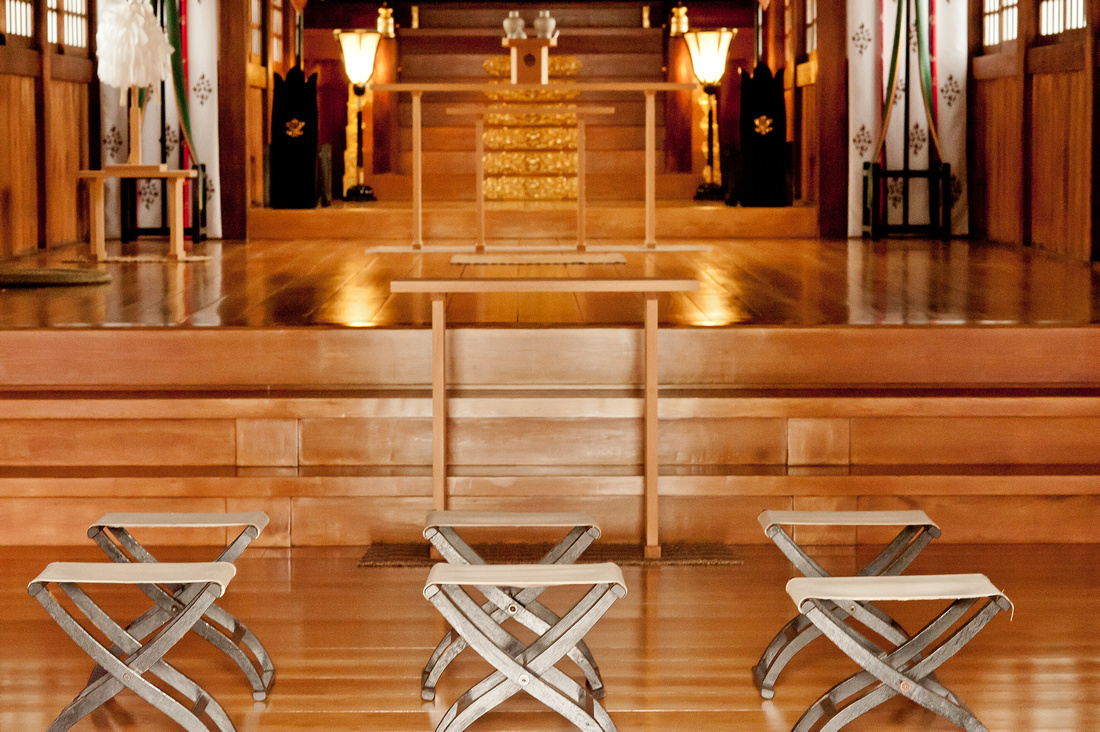

It's not the exact same picture, but it's of the same place. The picture above was shot with a Nikon D3. If you're a photographer, then I don't need to say any more than that, but if you're not that much into photography, the Nikon D3 has a reputation as one of the best digital cameras ever made. It's a full frame DSLR, has 12 megapixels (which isn't that many, but it's a lot more than the Digilux), it can shoot almost anything, it can shoot it very fast and it and can shoot it at extremely high ISO levels (which the Digilux most certainly can not; it tops out at 400 whereas the D3's top ISO is 25,600). The one major disadvantage of the D3 is its size and weight, both of which are considerable and not conducive to carrying around all day.
People from the first group would probably zoom these photos to 100 percent and immediately tell me why the D3 picture is superior in every way. It has much less noise (despite being shot at ISO 10,000) and almost certainly more detail if you look really close. But to my eyes, the two pictures are not really that far apart when seen at this size.
Second pair
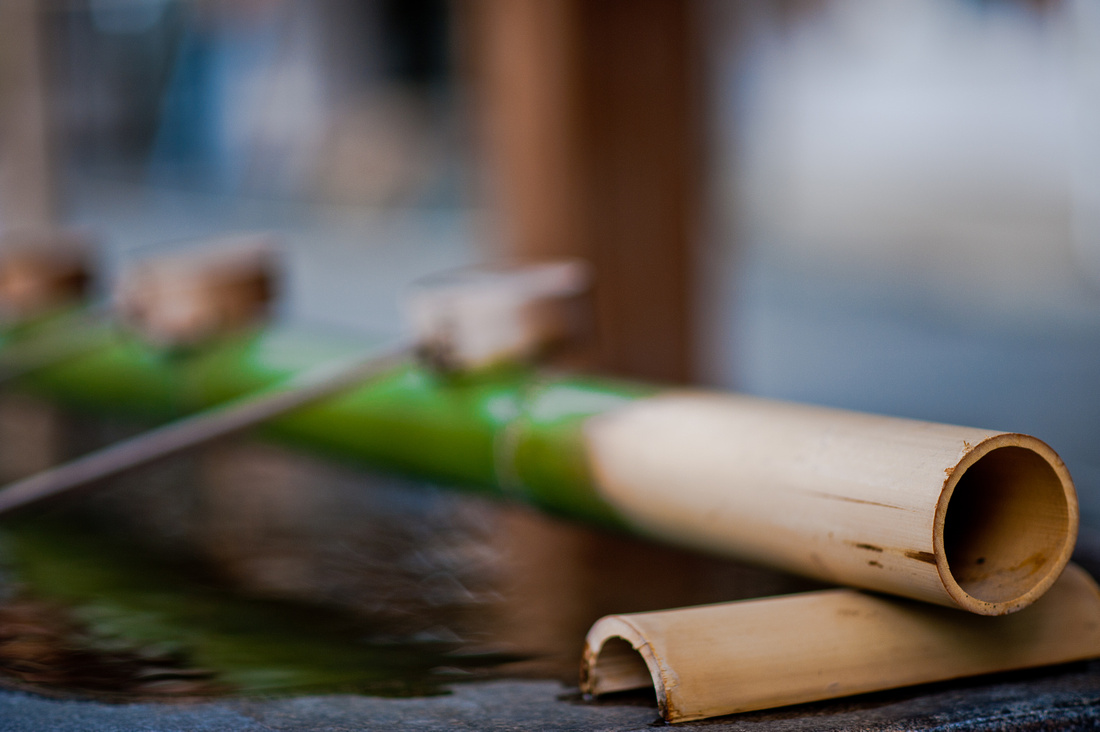

This was also taken with the D3 and a lens designed for smooth "bokeh", or the out-of-focus areas.
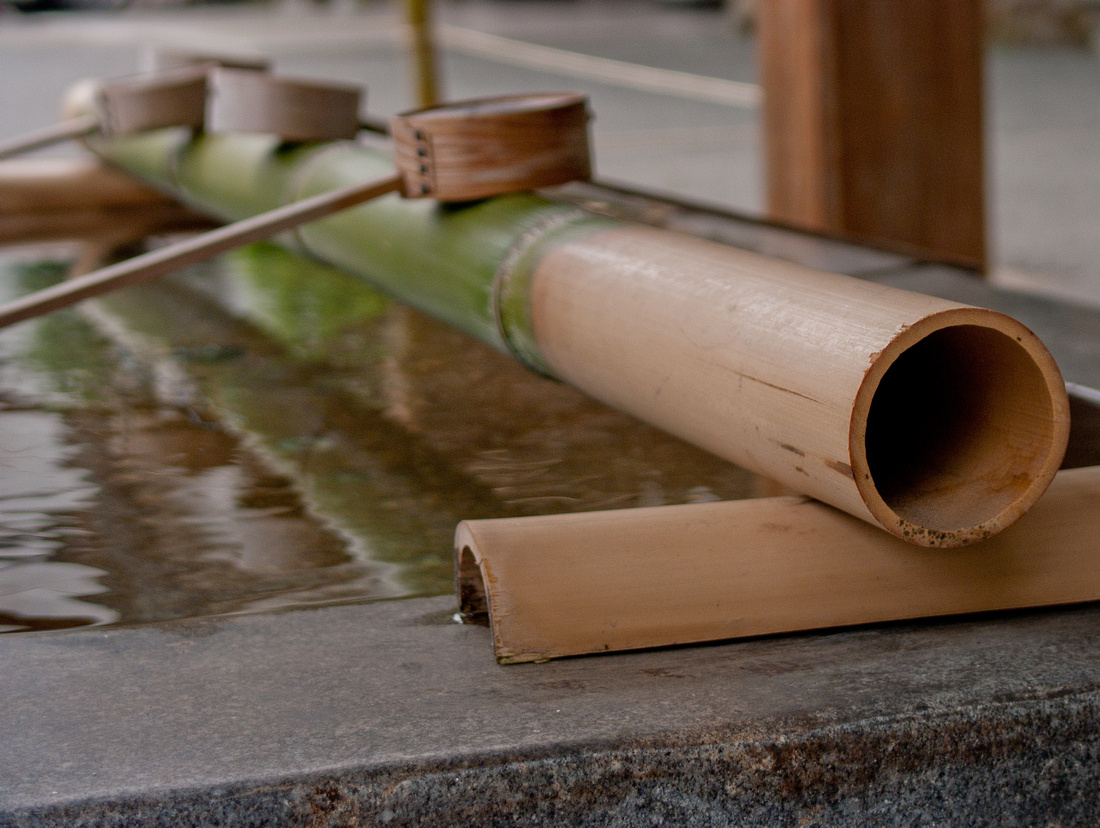

Again, it's not a perfect match, but it's the same location. Clearly the Nikon's bokeh is more pronounced (due to the lens used), and it's also not as easy to get that kind of bokeh with the Digilux 2. Once again though, at a single glance these two pictures are not that far apart when viewed at this size.
Next pair:
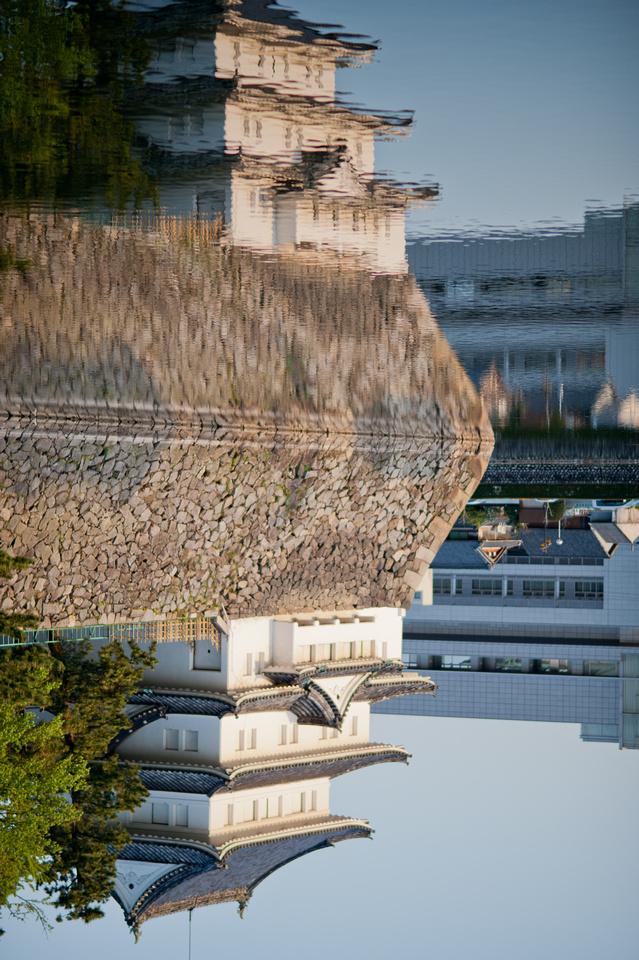

This was shot with the exact same D3 / lens combination as the above shot of the bamboo ladle. Yes, it's upside down. More interesting that way.
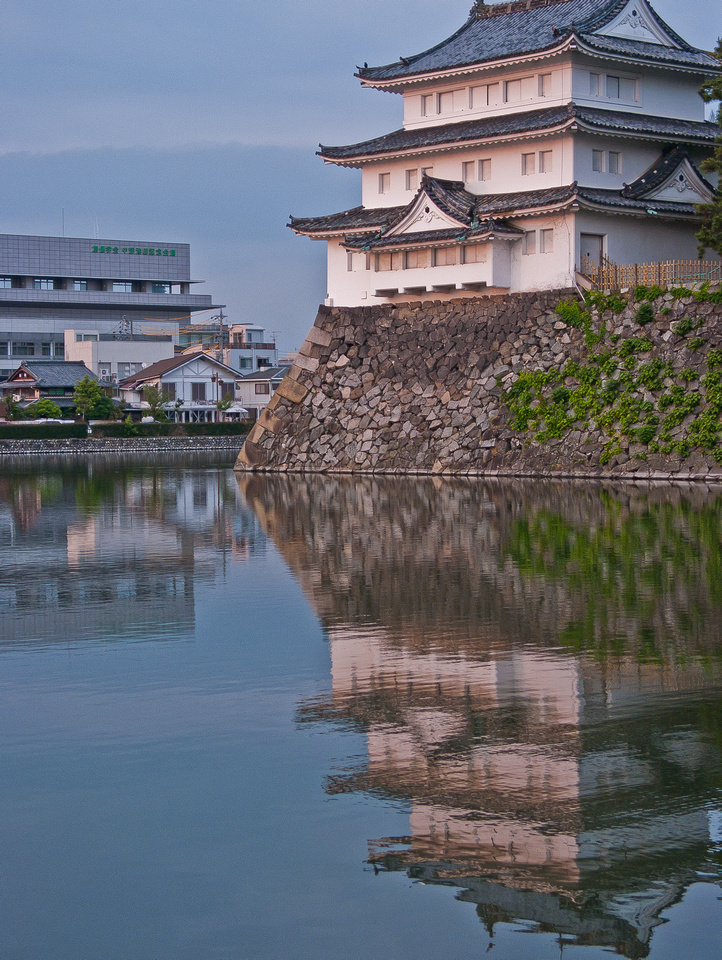

The Digilux 2 version is the right way up but you can see that it's essentially taken from a similar place. Again, at this size they look perfectly comparable to one another
One more pair, this time with a different camera comparison
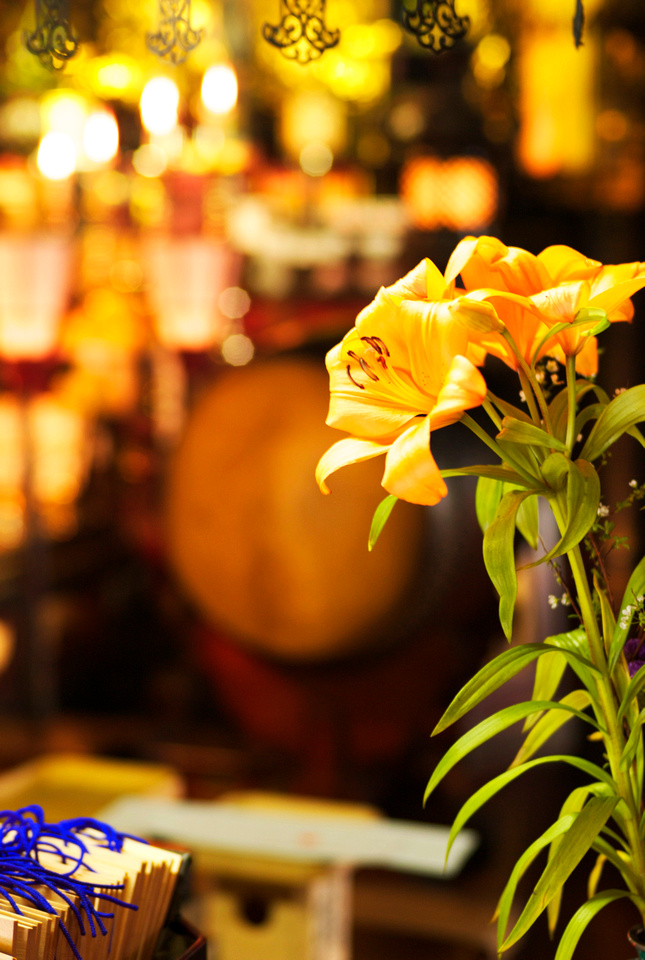

This one was taken with a Leica M8. The M8 is a controversial camera to put it mildly, but one thing that is agreed on is that it produces very sharp pictures and can also produce nice bokeh with the right lens and the right technique. The M8 is considered very expensive for what it is.
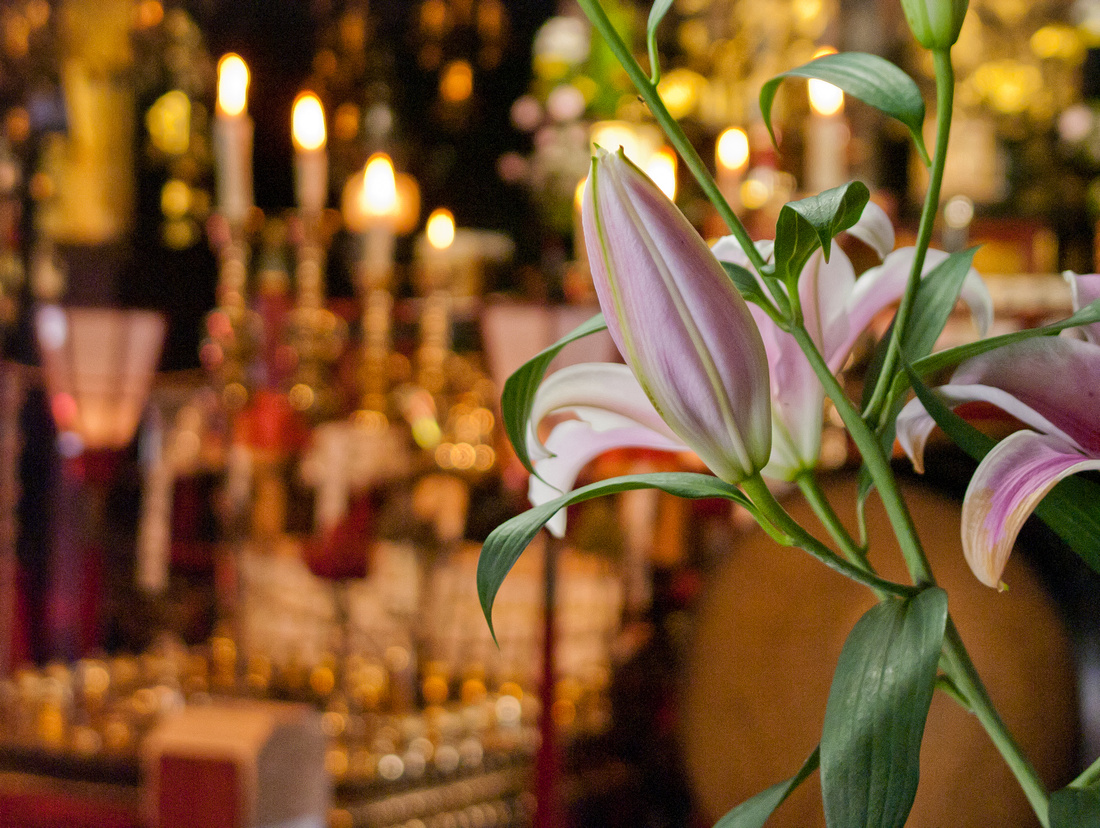

The Digilux 2 shot. Different flower and slightly different background, but same place. Again, the Digilux 2 doesn't get the same level of background blur as the M8, but in most respects it seems to hold its own quite nicely when seen at this size. (I'm doing this on a 21 inch Macbook).
Conclusions? Draw your own :-) But I found that I definitely side with the people who claim that any decent digital camera can produce a good shot if used properly.
Thanks for looking, feel free to add comments!
Comments
This is a collection of posts. Some (most) have a particular theme, but some are just collections. I try to only include my best shots in here.
If you like what you see, please leave a message and I'll try to answer all comments.
Thank you!